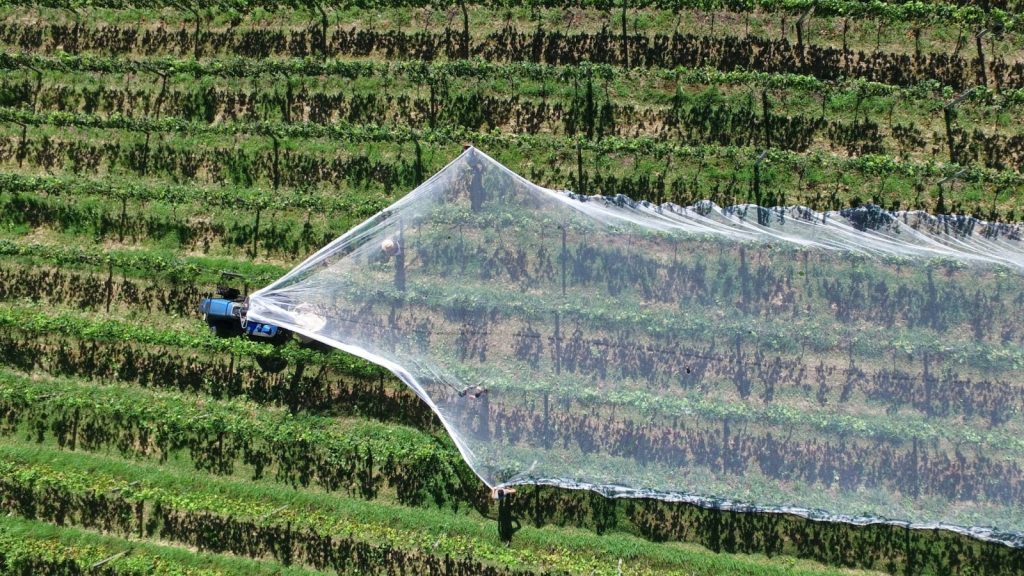Outcome
Cross-contamination occurs when a product is contaminated with bacteria from another product during preparation or storage. This can happen when the products come into contact with each other, but it can also happen indirectly, e.g. via the hands, the kitchen equipment, the worktop, the refrigerator, etc.
A well-known example of cross-contamination is when at home at the barbecue, the roast is returned to the plate on which the raw meat had been until it went on the barbecue.
Cross-contamination doesn’t seem so bad, but it could be. If the bacteria is given the opportunity to grow further in the food, you can become seriously ill. Food that contains bacteria often still looks good. It’s not that it smells bad and looks unappetizing like rotten meat. As a result, it is not quickly noticed that the food is dangerous to eat.
Cross-contamination still occurs regularly in the industry. It often goes unnoticed until a line check has taken place. Cross-contamination can occur, for example, through the use of dough trolleys and other means of transport that are easily moved from one department to another. Open packaging, containers or equipment and unpackaged products also pose a risk. Dust formation or superimposed products or equipment (falling particles) can easily cause cross-contamination. Think of the storage of packaging materials. Cross-contamination also often occurs due to raw materials placed one above the other in racks.
It is important to have insight into the possibilities (such as the examples described above) for cross-contamination and to think about it carefully. This can then be taken into account in the production process to prevent cross-contamination as much as possible. A small example to prevent cross-contamination (also suitable for everyday household use) is the use of different cutting boards for different products. Another example from the meat industry where cross-contamination is taken into account in the production process is included below.
Cutting Order
To prevent cross-contamination, it is wise to take into account a certain sequence of production and processing. With meat, for example, it is important that a certain cutting sequence is maintained. For example, the products with the lowest bacterial content must be cut first, followed by products with a higher bacterial content. Based on this, it is recommended to use the following cutting order for meat products: heated/cooked products (e.g. ham products), raw products (e.g. roast beef), fermented products (e.g. sausage).
Cross-contamination with allergens
It is important to avoid cross-contamination in all possible ways. This is important not only for the reasons mentioned above but also in relation to allergens. Due to cross-contamination, allergens can end up on and/or in products that they do not belong in. As a result, they are not listed under the ingredients on the label as they do not belong as an ingredient in the product. The result may be that people who are allergic to, for example, the allergen do eat the product since it is normal according to the label. This can lead to dangerous situations as there are consumers who can go into shock and even die from a small amount.
Based on the foregoing, it is important to map out within the company which allergens are processed in which process steps or on which lines. The later an allergen is added to a product, the smaller the chance that it will come into contact with other products. As a company, make sure that you properly assess the risk of unwanted transfer. This risk can be reduced by planning differently, eg separation in space or time, adjusting the production sequence by preparing products without allergens first or by cleaning better or more often. It is smart to record which order and when cleaning (dry or wet) should take place. When cleaning, care should be taken that cleaning materials (brushes, cloths, etc.) can also be a source of cross-contamination. Finally, it is often the urgent orders that cross the planning and thus cause the problems. So, especially during these orders, make sure that all risks are controlled as much as possible.
Related articles to What is meant by cross-contamination?
Many customers and visitors to this page 'What is meant by cross-contamination?' also viewed the articles and manuals listed below:



